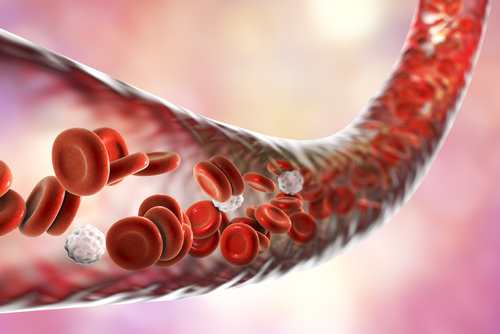Cold agglutinin disease (CAD) is a rare autoimmune hemolytic anemia characterized by the destruction of red blood cells at low temperatures due to the presence of cold-reactive autoantibodies. The chronic hemolysis leads to significant anemia, fatigue, and, often, a dependency on blood transfusions to maintain adequate hemoglobin levels.

The Clinical Burden of Blood Transfusions in CAD
Repeated transfusions, while life-saving, present considerable risks such as alloimmunization, iron overload, transfusion reactions, and increased healthcare costs. Thus, the reduction of blood transfusions in cold agglutinin disease has become a primary clinical goal to improve long-term outcomes and patient quality of life.
Targeted Therapies for Transfusion Reduction
Complement Inhibition
Complement system dysregulation is central to CAD pathophysiology. Recent therapeutic advances aim to inhibit this process, thereby reducing hemolysis and the subsequent need for transfusions.
- Sutimlimab: A first-in-class complement C1s inhibitor, sutimlimab directly prevents classical complement pathway activation. Clinical trials, such as CARDINAL and CADENZA, have shown substantial improvements in hemoglobin levels and significant decreases in transfusion requirements.
- Pegcetacoplan: A complement C3 inhibitor currently under investigation, pegcetacoplan offers another promising approach by halting complement activation at a broader level, potentially minimizing hemolysis even further.
Immunosuppressive Therapies
Although less targeted, immunosuppressive agents such as rituximab, a monoclonal antibody against CD20, have demonstrated efficacy in reducing autoantibody production and thus hemolysis. Combination regimens with bendamustine further enhance these outcomes in refractory cases.
Optimizing Supportive Care to Minimize Transfusions
Temperature Management
Strict avoidance of cold exposure is critical. Patients are advised to maintain warm environments, wear protective clothing, and avoid cold foods and beverages. This reduces hemolytic episodes and, consequently, the severity of anemia.
Erythropoiesis-Stimulating Agents
In certain cases, erythropoiesis-stimulating agents (ESAs) such as darbepoetin alfa can support endogenous red blood cell production, offering an adjunct strategy to lessen transfusion dependency.
Iron and Folate Supplementation
Ensuring adequate iron stores and folate levels supports optimal erythropoiesis. Regular monitoring and supplementation can prevent anemia exacerbation secondary to nutritional deficiencies.
Blood Transfusion Protocols Tailored to CAD
When transfusions are necessary, specific protocols can mitigate risks:
- Warming Blood Products: Utilizing blood warmers minimizes the risk of exacerbating hemolysis during transfusion.
- Crossmatching at 37°C: Prevents agglutination caused by cold antibodies during compatibility testing.
- Transfusing Through Blood Warmers: Ensures that infused blood remains at a temperature that does not trigger cold agglutination.
Future Directions in Transfusion Reduction for CAD
Gene Therapy Prospects
Emerging technologies in gene editing and immune modulation may offer long-term cures by targeting the root cause of autoantibody production. While still investigational, these approaches could eventually eliminate transfusion needs entirely.
Personalized Medicine Approaches
Advances in genomics and proteomics are paving the way for precision medicine in CAD. Identifying individual patient profiles may allow clinicians to tailor therapies that effectively reduce hemolysis and avoid transfusions.
The reduction of blood transfusions in cold agglutinin disease relies on a multifaceted approach combining novel targeted therapies, rigorous supportive care, and refined transfusion protocols. By advancing treatment strategies and embracing precision medicine, we can significantly lessen the transfusion burden, improve patient outcomes, and pave the way toward a transfusion-free future for individuals living with CAD.